California Drought Cuts Farm Water Allocation to Zero for Second Consecutive Year
The Central Valley prepares for an unprecedented shortage.

By Brett Walton
Circle of Blue
Another historically dry year in California is leading to unprecedented water restrictions for some of the nation’s most productive farmland.
For the second consecutive year, farmers with contracts from the Central Valley Project, a large federal irrigation system, will receive no water, according to a preliminary forecast announced on Friday by the Bureau of Reclamation, which operates the project. Cities and industries will get 25 percent of their full contract allocation, to ensure sufficient water for human health and safety.
–Lon Martin, assistant general manager
San Luis Water District
“We are bracing for a potential fourth year of severe drought, and this low initial allocation is yet another indicator of the dire situation,” said Reclamation Mid-Pacific Regional Director David Murillo. “Reclamation and the Department of the Interior will continue to work with the State of California and our water users to do everything possible to increase water deliveries from the project as we move yet another difficult year. Our economy and our environment depend on it.”
The Central Valley Project (CVP) plays an outsized role in U.S. agriculture. Stretching some 645 kilometers (400 miles) through the heart of California, the project delivers water to more than 1.2 million hectares (3 million acres) of farmland and to six of the country’s seven most productive farm counties by sales. It supplies water to federal wildlife refuges and nearly a million households as well.
The political pressure to release more water for Central Valley farms is intense as water managers attempt to balance the needs of agriculture, fisheries, and cities during an ecological and social crisis. Two huge pumping stations pull water from the Sacramento-San Joaquin Delta, the state’s imperiled water hub that is home to several endangered species, and push it through a web of canals that crisscross the valley floor.
In January, the U.S. Department of Fish and Wildlife approved a Bureau of Reclamation petition to increase the number of Delta smelt, a federally protected fish, that can be killed by the pumping stations. Also in January, the State Water Resources Control Board loosened pumping restrictions to allow Reclamation to divert more water from the delta during rainstorms. California’s congressional delegation, after failing to reach a compromise last year, continues to work on legislation that would increase farm water deliveries.
Still, farmers supplied by the CVP will get none of the canal water they requested. Because of the zero allocation, farmers will turn elsewhere to keep their businesses alive. Some will tap supplies they saved in reservoirs from previous years. Others will pay steep prices to buy water on the market. But, like last year, few supplies will be made available as potential sellers seek to protect their own operations.
Instead, most farmers will again rely on groundwater wells to produce a crop. A savoir for almonds and oranges, groundwater is nonetheless under immense stress. So much water was pumped from underground last year that more than one thousand residential wells went dry in the San Joaquin Valley, leaving thousands of families without running water. The Legislature passed a new law last year to tighten restrictions on groundwater use, but its deadline for balancing groundwater supply and demand is two decades in the future.
Groundwater, however, is not a universal option. For instance, farmers in the San Luis Water District, which covers 65,000 acres on the westside of the valley, rely on the CVP for 95 percent of their irrigation water. There is no aquifer beneath their land. Lon Martin, the district’s assistant general manager said that roughly 8,000 acres of orchards would perish this year for lack of water. About half the district’s acreage will be fallowed and the rest will be irrigated with the little amount of water it has stored in San Luis Reservoir.
“Given the hydrology, the announcement is not unexpected,” Martin told Circle of Blue. “But it’s pretty depressing to go into a second year of zero allocation. It puts the final nail in the coffin of growers who are barely surviving last year.”
Reclamation’s initial forecast is a conservative estimate that can be raised if late-season rains arrive, but it is unlikely to increase by much. Snowpack in the Sierra Nevada mountains, which fills reservoirs when it melts, is worse than in 2014, which was the third-lowest snow year on record.
Economists at the University of California, Davis, estimated that the drought in 2014 cost the state $US 2.2 billion in agricultural losses and 17,100 jobs.
Brett writes about agriculture, energy, infrastructure, and the politics and economics of water in the United States. He also writes the Federal Water Tap, Circle of Blue’s weekly digest of U.S. government water news. He is the winner of two Society of Environmental Journalists reporting awards, one of the top honors in American environmental journalism: first place for explanatory reporting for a series on septic system pollution in the United States(2016) and third place for beat reporting in a small market (2014). He received the Sierra Club’s Distinguished Service Award in 2018. Brett lives in Seattle, where he hikes the mountains and bakes pies. Contact Brett Walton



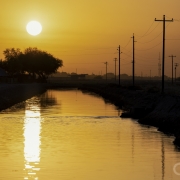
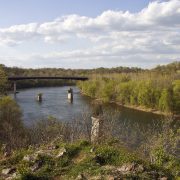
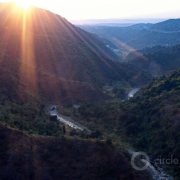
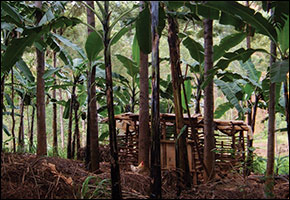

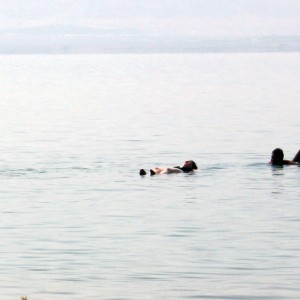
Leave a Reply
Want to join the discussion?Feel free to contribute!